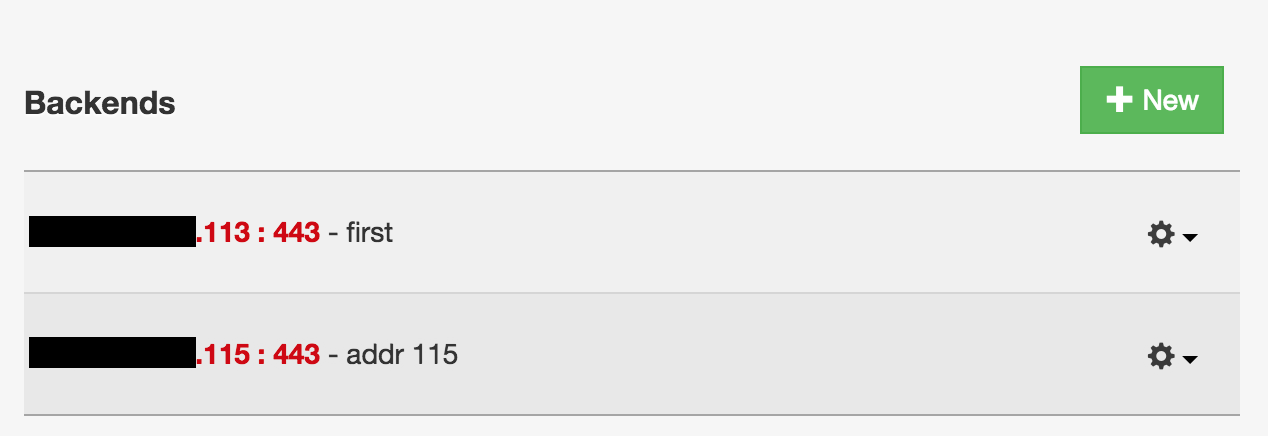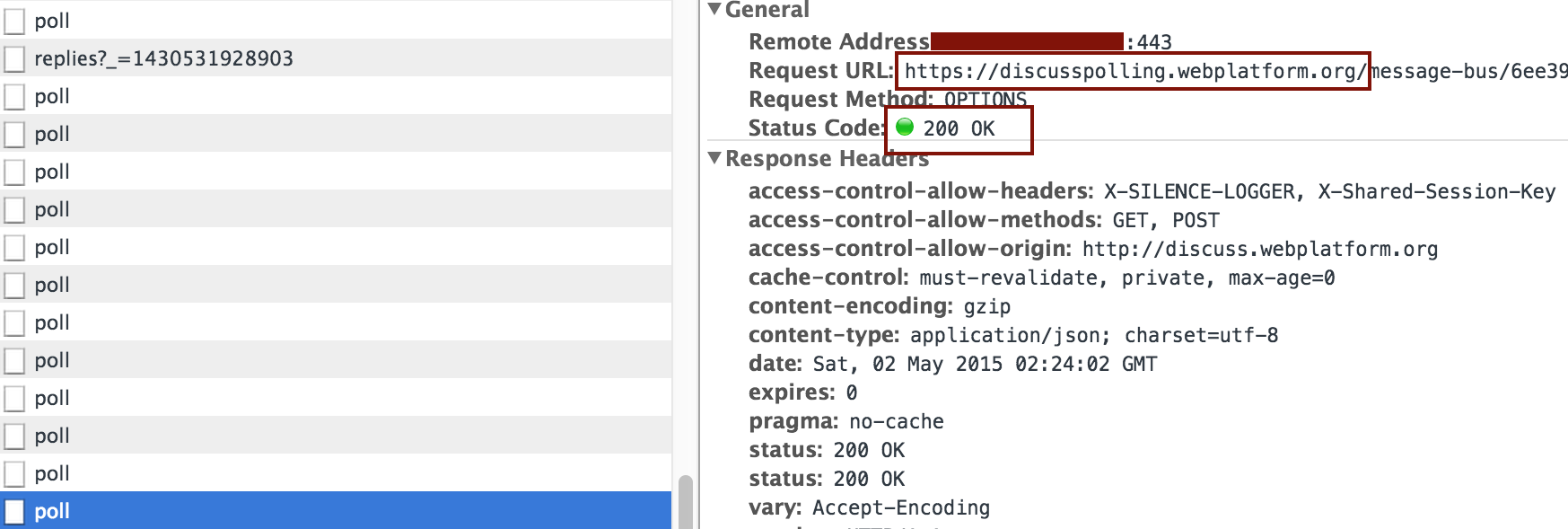While working on deploying Discourse, I’ve came across a statement that took time for me to understand. Discourse has a subsystem that’s similar to WebSocket and Server Sent events which takes care to automatically update the page asynchronously. Note that this post is canonical version of my answer.
The confusing part was;
@sam
To server “long polling” requests from a different domain, set the Site Setting long polling base url to the origin server.
For example, if your CDN is pulling from “http://some-origin.com” be sure to plug inhttp://some-origin.com/into the site setting. If you don’t your site will be broken.
This post is about clarifying why and how to work around this particular problem.
The confusing part is that if “http://some-origin.com/“. If you are behind Fastly, you have to use a CNAME entry and then you have to have a sub domain name and not the top level.
Background: In DNS, a top level domain name (i.e. “some-origin.com”) can only have A records. Since Fastly requires we use a CNAME entry, we have no choice but to use a sub domain name.
Let’s say that we will then use “http://discourse.some-origin.com/” to serve our Discourse forum so we can use Fastly.
Now there’s this thing called “long polling” which is basically an OPTION HTTP request with a long time before returning anything. If we use the Fastly or Varnish address, as Discourse would by default, Varnish will time out and “long polling” won’t work.
More background: Varnish has this option to bypass in known contexts through vcl_pipe which is roughly a raw TCP socket. But Fastly doesn’t offer it because of the size of their setup.
Proposed setup
Let’s enable long polling and expose our site under Fastly. We’ll need two names, one pointing to Fastly’s and the other to the IP addresses we give within the service dashboard.
- discourse.some-origin.com that’s our desired Discourse site domain name
- discoursepolling.some-origin.com (pick any name) that we’ll configure in Discourse to access directly to our public facing frontend web server
In my case, I generally have many web apps running that are only accessible from my internal network. I refer to them as “upstream”; the same term NGINX uses in their config. Since this number of web apps you would host on a site can fluctuate, you might still want the number public IP address to remain stable. That’s why I setup a NGINX server in front that proxies to internal web app server. I refer to them as “frontends”.
Let’s say you have two public facing frontends running NGINX.
Those would be the ones you setup in Fastly like this.

Here we see two Backends in Fastly pannel at Configure -> Hosts.
Notice that in this example i’m using 443 port because my backends are configured to communicate between Fastly and my frontends through TLS. But you don’t need to.
Quoting again @sam;
@sam
To server “long polling” requests from a different domain, set the Site Setting long polling base url to the origin server.
Really means here is that we would have to put one of those IP addresses in Discourse settings.
What I’d recommend is to create a list of A entries for all your frontends.
In the end we need three things:
- What’s the public name that Fastly will serve
- Which IPs are the frontends
- Which hostname we want to use for long polling and we’ll add it to our VirtualHost
The zone file would look like this;
# The public facing URL
discourse.some-origin.com. IN CNAME global.prod.fastly.net.
# The list of IP addresses you’d give to Fastly as origins/backends
frontends.some-origin.com. IN A 8.8.8.113
frontends.some-origin.com. IN A 8.8.8.115
# The long polling URL entry
discoursepolling.some-origin.com. IN CNAME frontends.some-origin.com.
That way you can setup the “long polling base url” correctly without setting a single point of failure.

Then, we can go in Discourse admin zone and adjust the “long polling base url” to our other domain name.
# /etc/nginx/sites-enabled/10-discourse
# Let’s redirect to SSL, in case somebody tries to access the direct IP with
# host header.
server {
listen 80;
server_name discoursepolling.some-origin.com discourse.some-origin.com;
include common_params;
return 301 https://$server_name$request_uri;
}
server {
listen 443 ssl;
server_name discoursepolling.some-origin.com discourse.some-origin.com;
# Rest of NGINX server block
# Also, I would make a condition if we are in discoursepolling but not
# under using anything specific to polling.
# #TODO; find paths specific to polling
}
To see if it works; look at your web browser developer tool “Network inspector” for /poll calls on discoursepolling.some-origin.com, and see if you have 200 OK status code.

Note that this screenshot is showing webplatform.org but that’s beside the point i’m trying to illustrate.
Hope this helped.